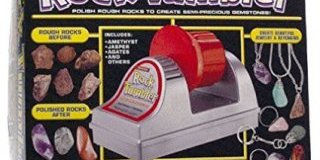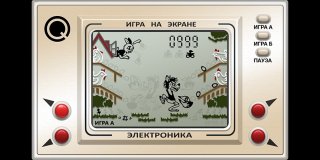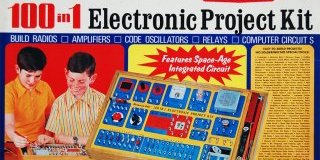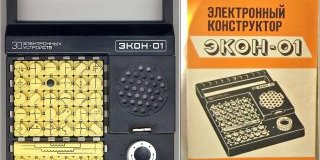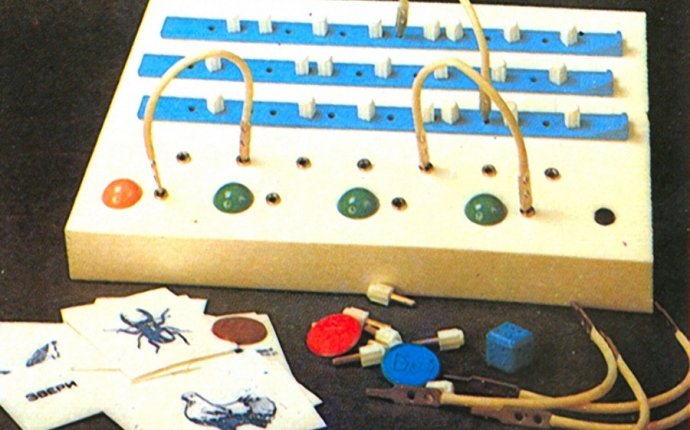
Electronic Toys
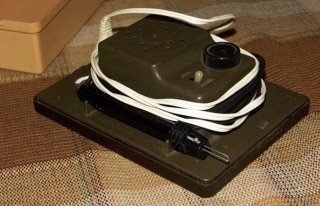 USSR
USSR
One of the popular enthusiasms of Soviet times was the creation of a painting by a tree lighter. This leisure could afford everyone. In general, ignition azam was taught at school at work or in special circles. The heater temperature depends on the wire diameter. The thinest wire is heated to 200 degrees and the fatest (bone cut) to 1,000 degrees. The tree standard is 250-300 degrees. Soviet combustion appliances, such as " Watch 1 " , " Large " , " Dosug " had very simple designs, but today they seem unsafe. And yet they were trusted by children. Numerous works of popular creativity have been created through Soviet fires.
Planet computers of our childhood
USAFor the first time in 1986, Etch-A-Sketch Animator was far from the iPad anaesthetic applications used by children today, but the toy was digital and already had a matrix with points, a few kilobetes of memory and dynamics that played a retreaded static sound in the direction of regulators or the loss of animation.
Andre Kassan in the middle of the twentieth century was invented by the racer. The wizard screen is a sealed box closed from the top of the glass. The inner boxes contain aluminium powder and a metal cadet on two axles, a sharp part of the glazing. The courser is operated through two handhelds moving the courseor vertically and horizontally. When a courseor moves on a screen filled with aluminium powder, the image appears in the form of dark lines on a silver background. The " discard " of the games shall be displayed (or transcending) of the screen, after which the aluminium powder completely closes the previous image.
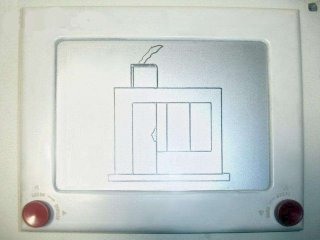 The game was subsequently sold to Ohio Art, who named it Etch-A-Sketch. In 1960, the game was launched into mass production. The special popularity of the game was in the US. The Wizard screen in the USSR was launched in the 1970s. Production was carried out without licensing by the right holder.
The game was subsequently sold to Ohio Art, who named it Etch-A-Sketch. In 1960, the game was launched into mass production. The special popularity of the game was in the US. The Wizard screen in the USSR was launched in the 1970s. Production was carried out without licensing by the right holder.
Engineering flight
USADesigners have been in existence for over 100 years, according to available data, the first was released in 1913. All these years, small engineers combine small building elements, sometimes creating cool cars, cars and tiny cranes.
USSR
The most popular in the Union was a metal designer that develops not only a small engine in the encryption of many small-scale geeks, but also engineering thinking. The designer ' s technical capacity allowed the assembly of several sets to assemble a divine machine, a crane or a helicopter.
The Soviet designer was 100% compatible with German Construction, which allowed a significant increase in the number of possible mechanisms by adding six.
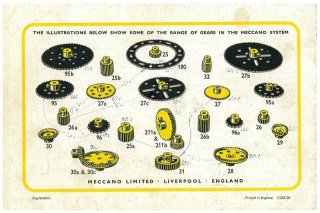
Equally interesting was the version of the Planet designer, which provides a " imagination floor " with the possibility of materializing almost anything.
Young physics and chemistry toys
USAFor the first time in the 1950s, Rock tumbler survived a safety revolution in the child toy industry. He's still on sale today. The rotating chamber is washing and polishing rough stones to a smooth, shiny calcium.
USSR
Young chemistry kits, of course, were sold not only to the USSR. Such " games " can now be bought in many stores. One of the first such kits in the USSR was a Latin scientist and contained heating appliances, probes, a pair of reagents, lacmus paper, acid, magic and retort. This allowed many experiences and even a small explosion.
Programmed toys
USAVerbot was first introduced in 1984. Tomy ' s voice robot was able to perform eight voice teams, but was not limited to the use of a built-in dictionary to launch them. Children could programme any number of random voice teams to direct the robot movement to the left, right, back and forth.
USSR
The electric path represented an all-way on batteries managed not by radio or wire but by a built-in pulse.
In one of the blogs, we found some information about his functionality:
The moon was able to drive forward, backwards, turn to the corner, flash the lamp with the sound of the saw and launch the rolling projectile as a disk. A total of 16 actions were stored. The game was expensive and rare, and it was crowded and organized every robot programming competition. There have been three types of competition: the distance from point A to point B in the shortest time, the same thing, but with the shortest program (there is no memory, the economy of the bayta!) and the removal of the barrier lane. In the latter case, the winner was the one whose moonlight was most remote. There was a version without headlamps, corners and a rotary launcher (there was a Krona battery compartment) but, however, with a front sensor of the Parkronic. If the lunatic fled the face in an obstruction, the program stopped without compressing the electric motors.Electronic games: beginning
USAPrior to Game Boy, Nintendo, a legendary GameWatch series was released in 1980. Many of the series games had already contained A and B buttons corresponding to the levels of complexity of the game.
